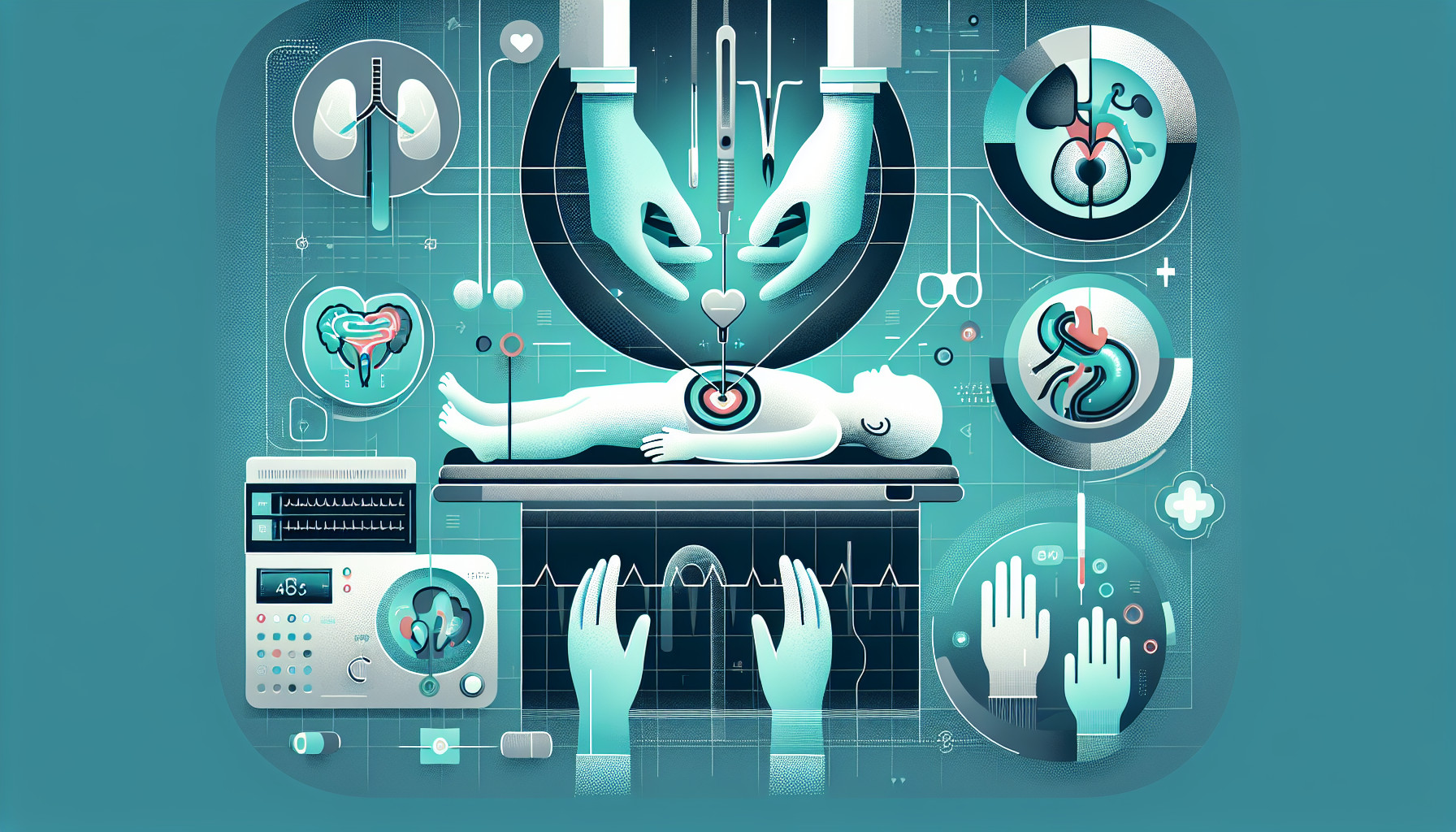Our Summary
This research paper discusses the use of a technique called laparoscopy in fixing inguinal hernias, which are hernias that occur in the groin area. The paper explains the different ways laparoscopy can be used for this purpose. It also discusses debated topics such as the use of this technique in very young infants, fixing hernias on the opposite side of the body, and treating hernias that are trapped and cannot be moved back into place.
FAQs
- Is laparoscopy a safe method for repairing pediatric inguinal hernias?
- What are the controversial topics involved in laparoscopic herniorrhaphy in children?
- What is meant by contralateral repair and incarcerated hernias in the context of pediatric hernia repair?
Doctor’s Tip
One helpful tip a doctor might tell a patient about pediatric hernia repair is to make sure the child follows post-operative care instructions closely to ensure proper healing and to minimize the risk of complications. This may include avoiding strenuous activities, keeping the incision site clean and dry, and taking any prescribed medications as directed. It is also important to follow up with the doctor for scheduled check-ups to monitor the healing process.
Suitable For
Pediatric patients who are typically recommended for pediatric hernia repair include those with inguinal hernias, particularly those who are experiencing symptoms such as pain, swelling, or discomfort. It is important to note that pediatric hernias can occur in premature infants as well, and laparoscopic herniorrhaphy has been shown to be a safe and effective technique for repairing hernias in this population.
Additionally, pediatric patients with incarcerated hernias, where the hernia is trapped and cannot be pushed back into the abdomen, are also typically recommended for hernia repair. In these cases, prompt surgical intervention is necessary to prevent complications such as tissue damage or strangulation.
Controversial topics in pediatric hernia repair include whether to perform contralateral repair, where the hernia on the opposite side is repaired even if it is not currently symptomatic. Some surgeons argue that this approach can prevent future hernias from developing, while others believe that it may be unnecessary in some cases.
Overall, pediatric hernia repair is recommended for patients who are experiencing symptoms related to their hernia, as well as those with incarcerated hernias or other risk factors for complications. Laparoscopic herniorrhaphy is a safe and effective technique for repairing hernias in pediatric patients, including premature infants.
Timeline
Before pediatric hernia repair:
- Patient or parent notices a bulge or swelling in the groin area
- Medical examination confirms the presence of a hernia
- Surgical consultation is scheduled to discuss treatment options
- Pre-operative tests may be performed to assess the patient’s overall health
After pediatric hernia repair:
- Patient undergoes laparoscopic herniorrhaphy procedure
- Patient is monitored in the recovery room for a period of time
- Patient may experience some discomfort and pain at the surgical site
- Patient is discharged home with instructions for post-operative care
- Follow-up appointments are scheduled to monitor the patient’s recovery and address any concerns.
What to Ask Your Doctor
- What are the risks and benefits of laparoscopic hernia repair compared to traditional open surgery for my child’s inguinal hernia?
- How experienced are you in performing laparoscopic herniorrhaphy in pediatric patients?
- Are there any specific factors that make my child a better candidate for laparoscopic hernia repair?
- What is the expected recovery time and potential complications associated with the surgery?
- Will my child need to stay overnight in the hospital after the surgery?
- How soon can my child resume normal activities and return to school after the surgery?
- What follow-up care or restrictions will be necessary after the surgery?
- Are there any long-term effects or risks associated with pediatric hernia repair that I should be aware of?
- How likely is it that my child will need additional surgeries in the future for hernia repair?
- Are there any alternative treatment options or considerations for my child’s hernia repair?
Reference
Authors: Abdulhai S, Glenn IC, Ponsky TA. Journal: Clin Perinatol. 2017 Dec;44(4):865-877. doi: 10.1016/j.clp.2017.08.005. Epub 2017 Sep 20. PMID: 29127966
